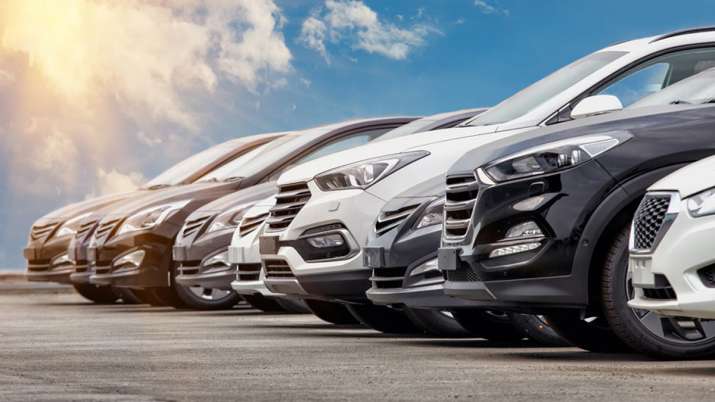
Kathmandu, November 18
Automotive retail was on the decline during the 42-day festive period stretching from Navratri to post-Diwali as well as during the month of October as sales remained subdued – whether it was due to a supply crunch for cars or a lack of demand for two-wheelers.
In fact, the Federation of Automobile Dealers’ Associations (FADA), a lobby representing the interest of vehicle dealers, called it the worst festive season in a decade.
Vehicle registrations with regional transport offices, which are a good proxy for retail, declined 18% year-on-year during the 42-day window. The decline was 21% when compared to the same window in 2019 – a pre-pandemic period.
For the month of October, vehicle registrations were down 5% year-on-year and 27% compared to October 2019.
The data were put together by FADA from the road transport and highways ministry’s Vahan dashboard. Only 1,357 out of 1,570 RTOs in the country are present on the VAHAN platform, but the data paints an accurate picture in terms of trends.
“There is no one issue here. Category-wise cars have a different issue, two-wheelers have a different issue,” said Vinkesh Gulati, president of FADA.
In the car segment – or passenger vehicles, as they are called – sales took a hit on the premium side due to a shortage of vehicles due to the semiconductor crisis. This, despite robust consumer demand.
Meanwhile, sales of entry-level cars, which require fewer semiconductors, were low because of a lack of consumer demand. Ditto on the two-wheeler side of the business, where a lack of demand from the key customer base impacted festive sales.
“The rural distress in retail coupled with frequent price hikes, triple-digit fuel prices and customers conserving funds for healthcare emergencies kept the demand low,” Gulati said. “In fact, walk-ins (at showrooms) and customer inquiries were also ultra-lean during the said period.”
Supply crunch meant that the average inventory with car dealers fell to about 10-15 days against the norm of about 30 days, as per a FADA survey. Two-wheeler dealers had the problem of plenty, with low sales resulting in inventory accumulation. Inventory climbed to an average between 40 and 45 days.
Commercial vehicle and three-wheeler registrations climbed 10% and 53% during the festive window year-on-year given last year’s low base but are yet to catch up with pre-pandemic numbers, data show. More and more buyers were also opting for electric three-wheelers as they offer better operating costs despite high upfront cost.
FACEBOOK COMMENTS